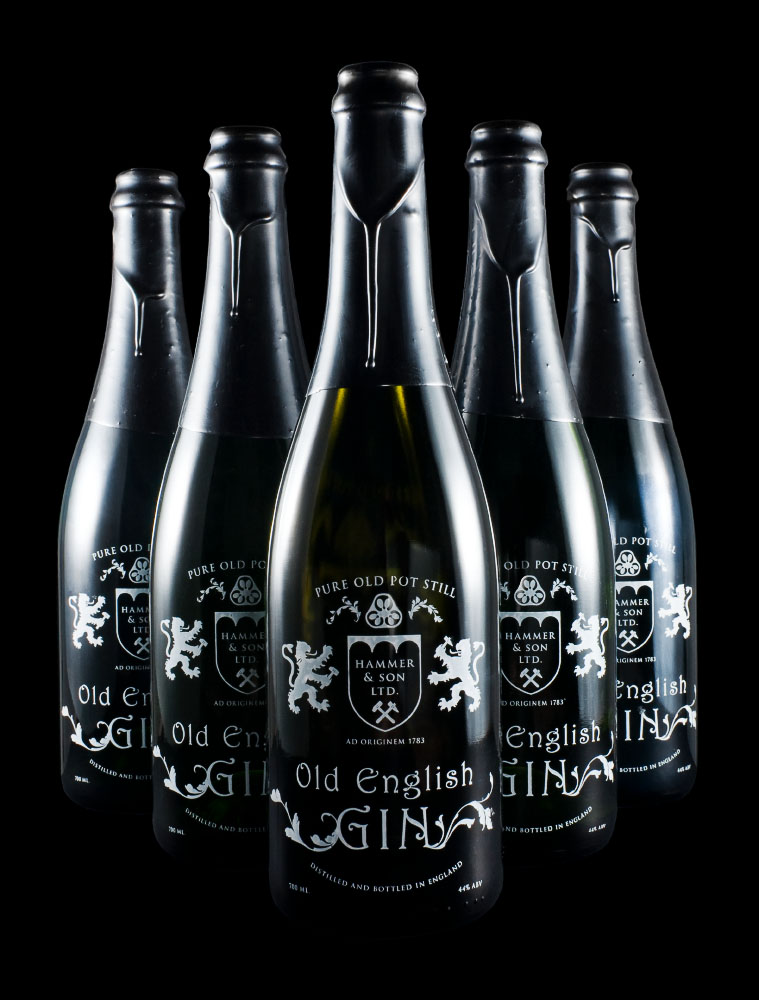
TRULY ORIGINAL
To taste a cocktail as it was intended, you need a Gin that hasn't changed!
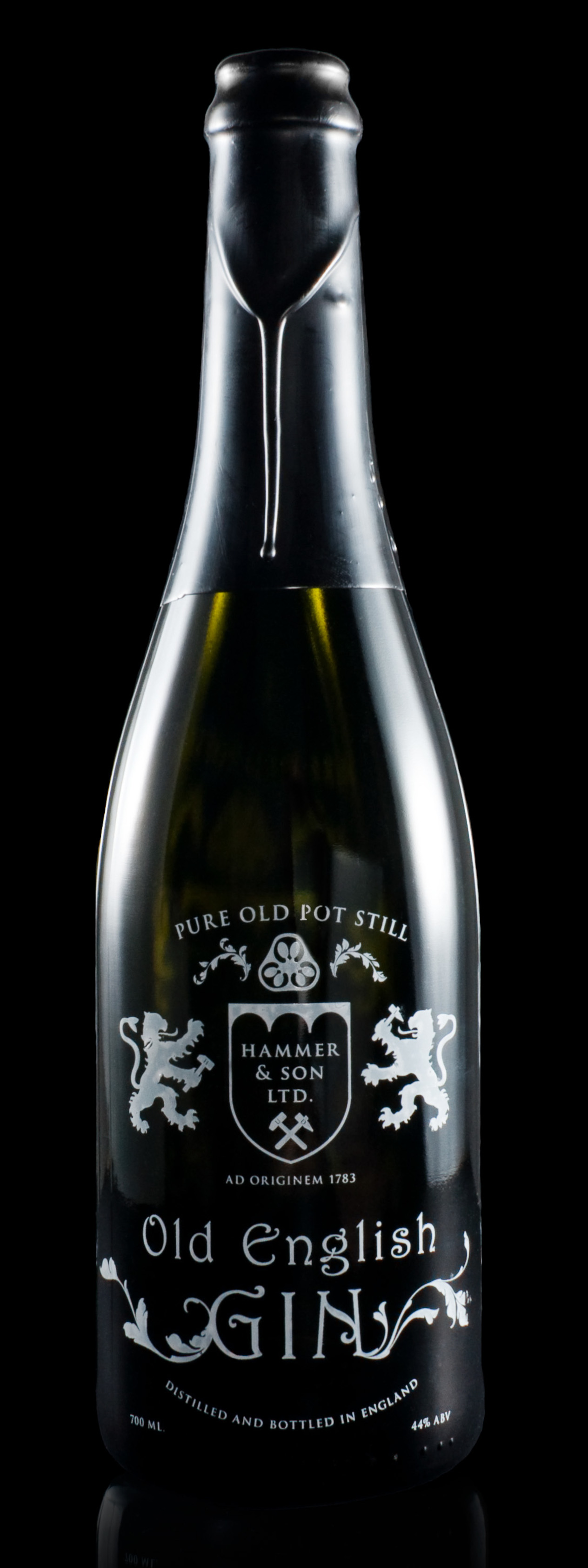
ABOUT OLD ENGLISH GIN
When buying Gin in the 1700's and 1800's you'd be offered a simple choice: English Gin or Holland's Gin. Hollands Gin was the Jenever, and English Gin was branded fancy names as Young Tom or Old Tom, or named after the distillery as Booth's and Warrington. At that time, England was the largest importer of French Champagne and consumers would buy such bottles filled with gin at the gin shops. And most likely they would enjoy a dram or two on site.
Old English Gin is made from a 1783 recipe, distilling eleven botanicals in the oldest pot still being used in England today. Old English Gin will come in champagne bottles with organic sealing and silk print, all as they did back in 1783, or from a barrel as the Barman's Special Reserve. This way we are reinvigorating how English Gin was made and distributed back then.
So to taste a cocktail as it was intended, you need a Gin that hasn't changed. Old English Gin is how it was: TRULY ORIGINAL

Awarded the Worlds Best Gin and winning a ton of gold medals in Europe, Asia and USA makes Old English Gin a safe choice for making your favorite classic cocktail. And being produced with green energy from sun and wind, and water from our own artesian well, upholds a high level of sustainability.
COCKTAIL HISTORY
The first recorded use of the word cocktail is found in The Morning Post and Gazetteer in London, England on March 20, 1798. But obviously people had been drinking spirits in many constellations a long time before then. In the 17th century, the most common way of drinking alcohol was straight up or from bowls mixed with sugar, water, fruit, spices, wine and spirits - the so called punches that were adopted in from India by the Englishmen in the early 1600's. In 1731 James Ashley, the first English celebrity bartender, opens the Sign of the Two Punch Bowls in London where he was serving various punches. He would use the fruits of the season and whatever spices that were available, and he would definitely use gin as the base spirit, since it was in the middle of the Gin Craze and everybody wanted gin.
Below, we have gathered a selection of original recipes with gin from the beginning of the 1700's and up to 1935 where the London Dry Gin styles took over, and the use of the original Old English Gin seemed to be lost in confusion. Please enjoy this historical cocktail journey responsibly!
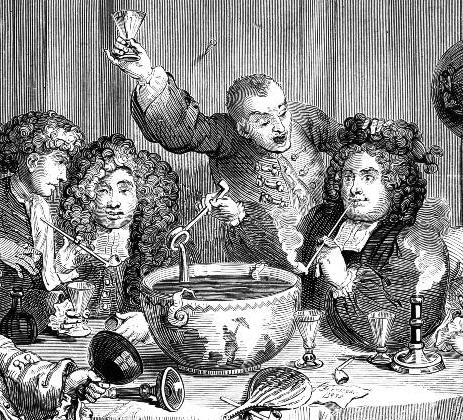
TOM COLLINS
The Collins and the Fizz are closely connected, and are both made from a base spirit, lemon juice, sugar and carbonated water. Bartender Jerry Thomas made variations of the Collins with whisky and brandy, and in 1874 he made a Collins with gin, and named it after the famous Tom Collins Hoax that were going on in New York at that time.
Instructions: Shake up well and strain into a large bar glass. Fill up the glass with plain soda water and imbibe while it is lively.
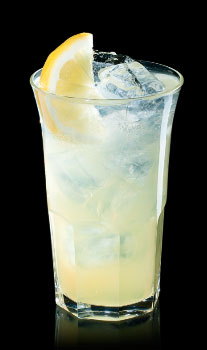
EMERSON
The Waldorf Astoria also made a compilation of cocktails in their cocktail book from 1935, and we can see from the Emerson cocktail that the inventions of the first bartenders from the mid 1800's shines through in both the choice of ingredients, preparation and presentation.
Instructions: Add all ingredients with cracked ice to a cocktail shaker. Shake well and strain into a chilled cocktail glass.

CASINO
Entering the 1900's the cocktail was now very popular, and bartenders at classy hotels created a great number of the classic cocktails that we are having today. In 1930, the Savoy Hotel published its cocktail book with 750 recipes, and the Casino Cocktail is a typical transition between the old styles and the new classics.
Instructions: Stir all ingredients with ice and strain in to a cocktail glass. Garnish with a lemon zest twist.
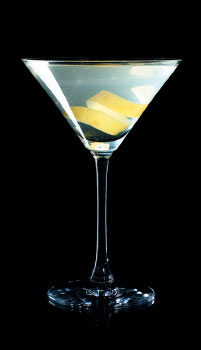
FIX
The two contestants, Jerry Thomas and Harry Johnson, both wrote about the Fix, and when Johnson in 1882 adds raspberry syrup to Thomas' recipe from 1862, it pretty much appears like the Bramble as we know from the mid 1980's.
Instructions: Fill up an old fashioned glass two-thirds full of shaved ice, stir thoroughly, and ornament the top with fruits in season. Pour raspberry syrup on top and serve with a straw.
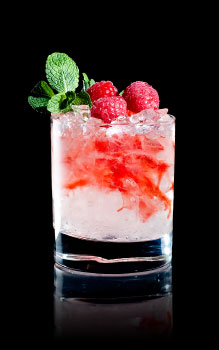
MARTINEZ
This predecessor of the Martini was probably invented by Jerry Thomas in the early 1860's when he was a bartender at the Occidental Hotel in San Francisco, serving for travelers going to Martinez. However, the first written recipe is found in The Modern Bartender's guide by O.H. Byron. Here is the first written recipe from the 1887 post hum edition of Jerry Thomas' cocktail book.
Instructions: Shake up thoroughly, and strain into a large cocktail glass. Put a quarter of a slice of lemon in the glass, and serve. If the guest prefers it very sweet, add two dashes of gum syrup.
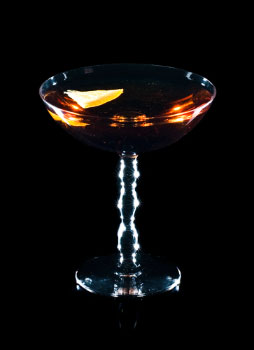
TUXEDO
The Tuxedo Cocktail is another elegant creation from Harry Johnson's Bartenders Manual of 1882, combining the lovely flavors of two promiscuous spirits: gin and absinth.
Instructions: Stir all ingredients with ice and strain in to a cocktail glass. Garnish with a Maraschino cherry and a lemon twist.
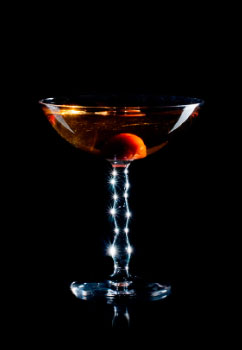
BIJOU
A delightful jewel from Harry Johnson's Bartenders Manual of 1882. The recipe specifies sweet vermouth to sustain the complex flavors of more than 100 different botanicals all together, and we have chosen a white type to keep the green look of an Emerald.
Instructions: Stir all ingredients and strain into a cocktail glass. Add an olive and squeeze a piece of lemon peel on top.
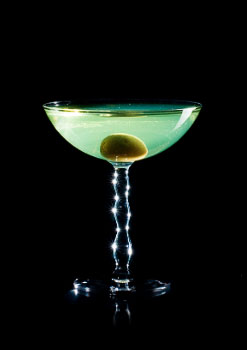
RICKEY
The idea of making the Rickey came to bartender George A. Williamson in 1880 at Shoomaker's Bar in Washington DC when he saw Colonel Joe Rickey squeeze half of a lime into his whisky and soda and drop in the glass. The Gin Rickey came to live in 1882 with this recipe from Harry Johnson's Bartenders Manual.
Instructions: Fill a tall glass with ice and half a lime. Add gin and limejuice and top with club soda. Serve with a spoon.

DAISY
According to Mr. Simon Difford this vintage cocktail has undergone a lot of tweaking over the years. The essential DNA of the Daisy involves adding a little soda water to a Sour, and by the early 20th century, grenadine had become the traditional sweetening agent. All versions, however, agree that a Daisy should be cold, refreshing and garnished with seasonal fruit.
Instructions: Combine spirit, juice and syrup with ice cubes in a shaker. Shake and strain into a fancy cocktail glass with ice cubes. Top with club soda and garnish with lemon.
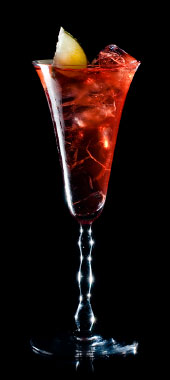
SMASH
The concept of a Smash is to extract the essential oils from spices and herbs, just as in punches and juleps, and the name it selves indicates that the particular botanicals can be smashed to get the flavors out faster than one can do in an infusion. Here's a nice palatable version.
Instructions: Muddle mint and sugar with lime juice and add gin. Stir with ice and double strain into a fancy cocktail glass with crushed ice. Garnish with mint and fruits of the season. Add a straw if required.
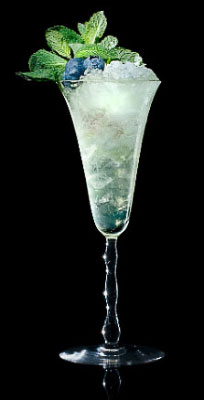
CRUSTA
The Crusta dates back to the early 1800's and there are quite a few different recipes. But all agree that the cocktail must be presented in a wine glass with sugar on the rim and a lemon peel all around the inside of the glass.
Instructions: Shake all ingredients with ice and strain into a wine glass prepared as above.

SANGAREE
The Sangaree derives from the Spanish word "Sangre" (Blood) and is dated back to 1736 in an issue of the British Gentleman's Magazine: "... a punch seller in the Strand had devised a new punch made of strong Madeira wine and called Sangre." The Sangaree became a single served cocktail in the 1860's when adding a bit of Port wine to a Gin Toddy or a Gin Sling.
Instructions: Shake gin and sugar with ice and strain into a small glass. Add the Port wine on top to show the "Sangre". Serve with a little grated nutmeg.

FLIP
The term was first used in 1695 to describe a mixture of beer, spirits, and sugar, heated with a red-hot iron : "Thus we live at sea, eat biscuit and drink flip". The iron caused the drink to froth (flip). In the early 1800's the Gin Flip was made by whipping egg yolk and sugar, mixing it with gin, nutmeg and heated beer.
Instructions: Whip egg yolks and sugar into a frothy mass and add gin and nutmeg. Heat beer up to boiling point and discard of any foam. Pour the egg mass into a solid glass and add the beer while stirring. Garnish with nutmeg and serve warm.
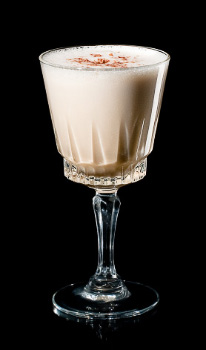
JULEP
The name Julep (rosewater) origins from Persia in the 1400's and is more or less a cold punch, traditionally served In a silver cup. In 1803 the first Mint Julep is being served in London by John Davis, and in 1817 bartender Orasmus Willard serves one of the first Juleps in America at the New York City's Hotel when a stranger asks for a Iced Mint Julep.
Instructions: Muddle mint leafs and Curacao and shake with gin. Double strain over crushed ice and top with club soda. Garnish with mint and fruits of the season.
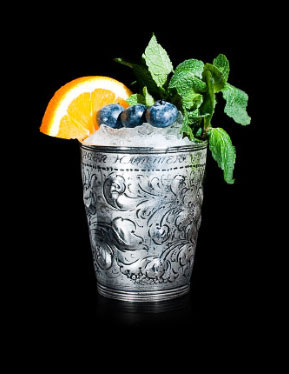
a
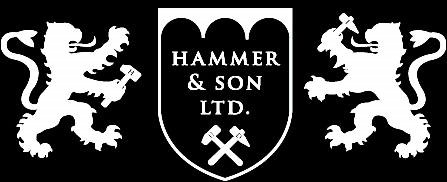
a
Old English Gin support sustainable and responsible drinking. Copyright ® Hammer & Son ApS DK-4060 Kirke Såby CVR.: 39190176